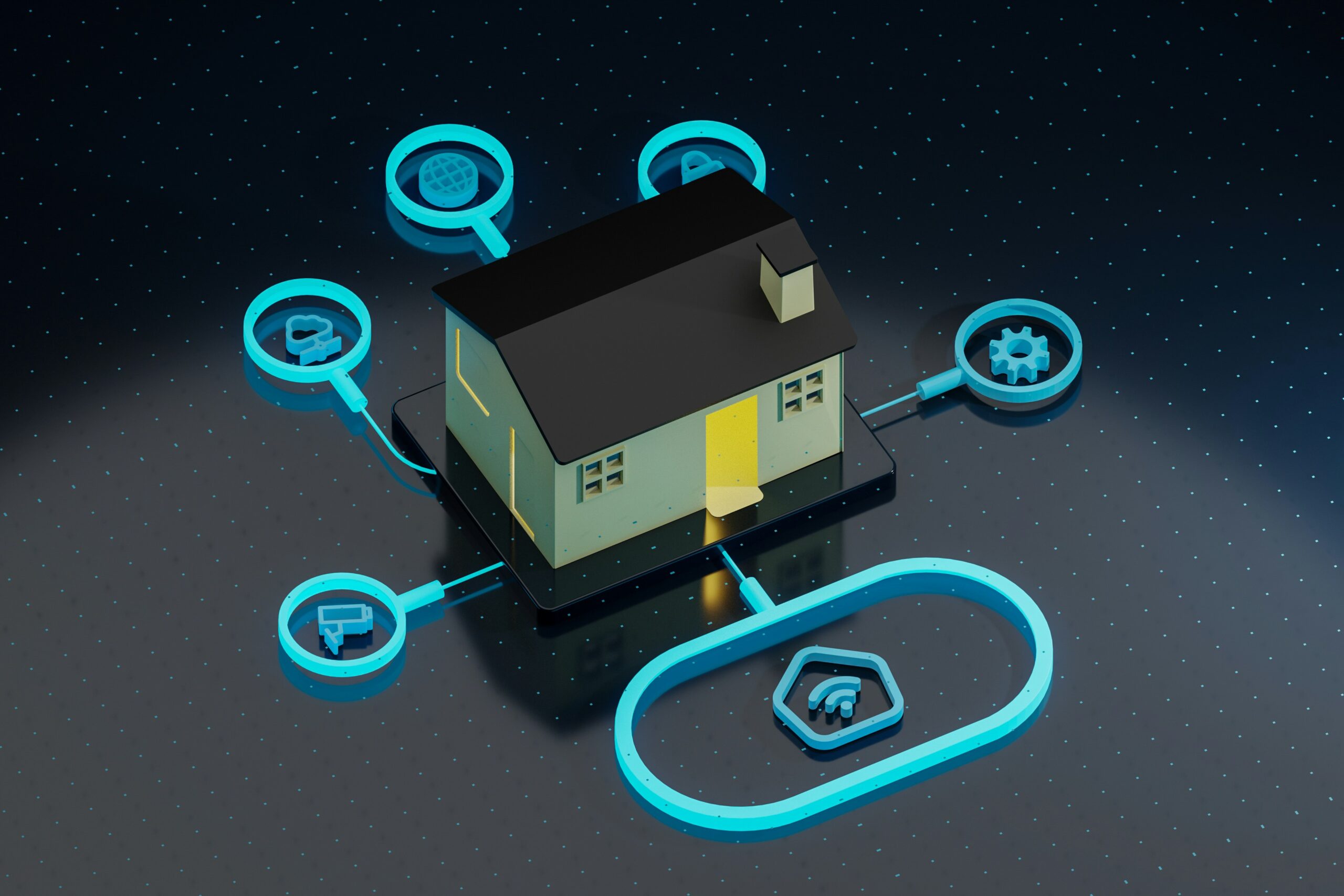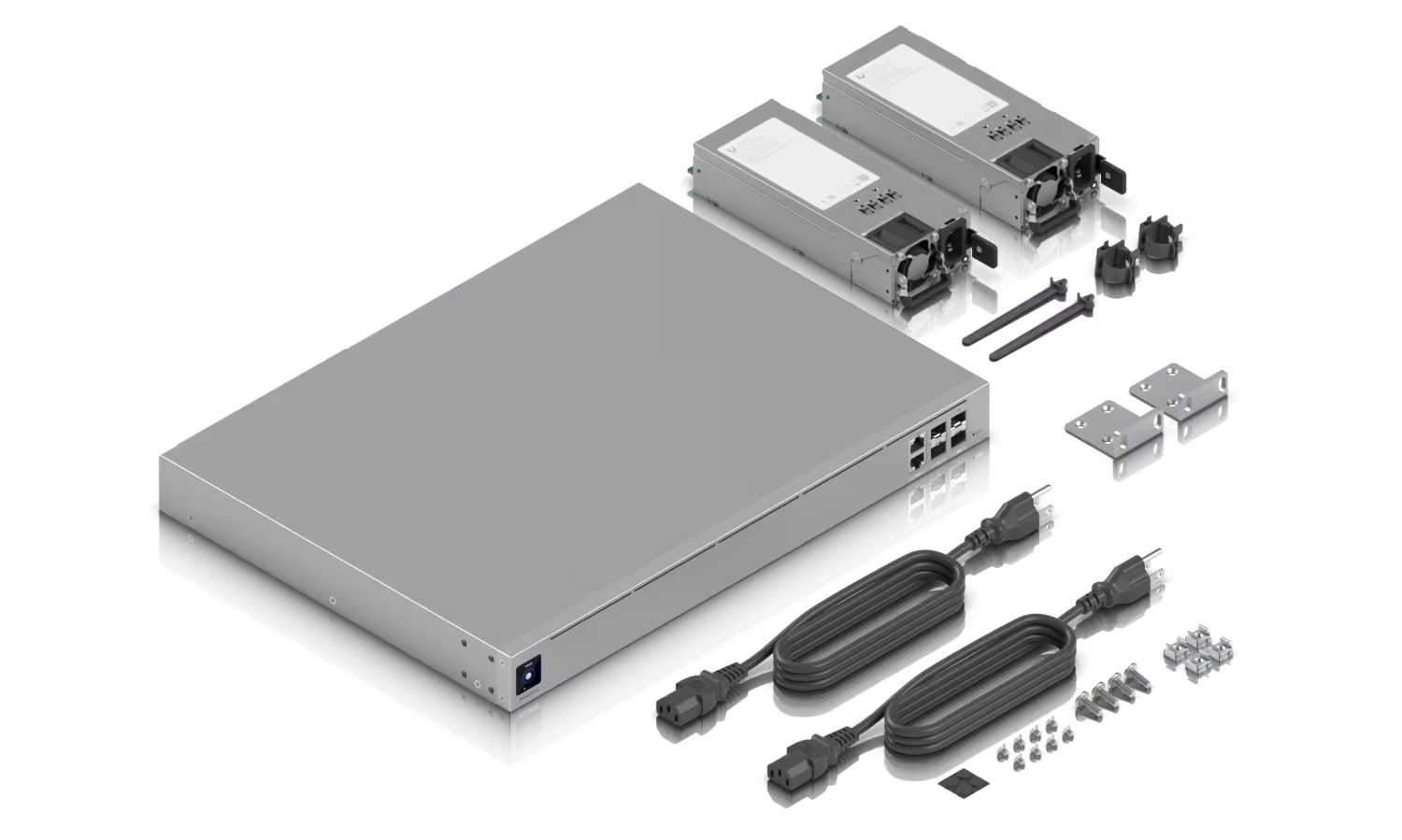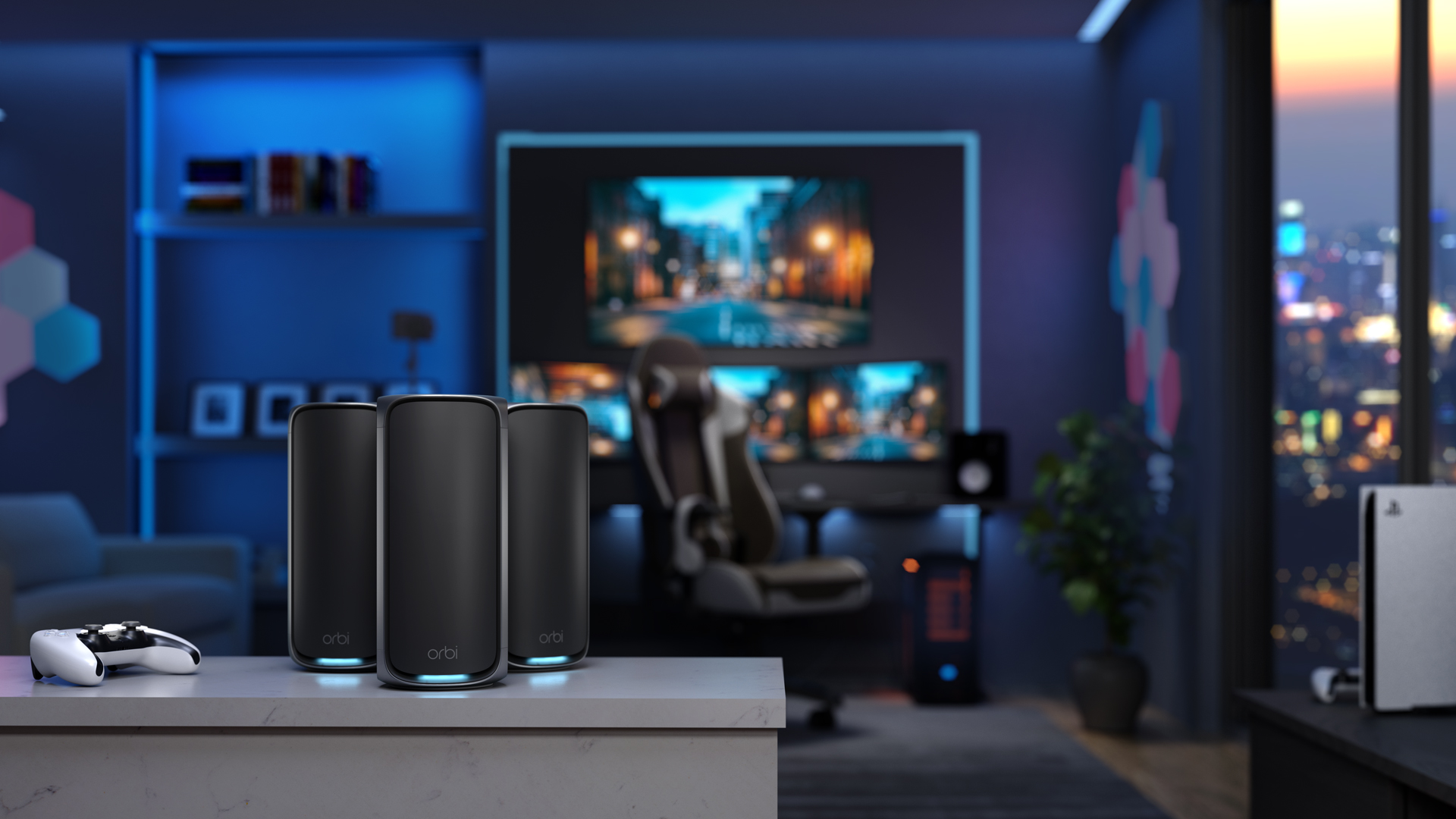
When Ubiquiti launched a 25Gbps router or gateway aimed at large businesses with up to 5,000 users earlier this month, you could see the palpable excitement among a small group of enthusiasts who’d been seeking a “true” 10Gbps fibre broadband experience in Singapore.
The Enterprise Fortress Gateway can hook up more than 500 Wi-Fi access points and other networking devices, but most importantly, it offers 12.5Gbps routing with the added security of intrusion detection.
Not just that, it has a 25Gbps SFP link to connect to other network switches, while also offering 10Gbps and 2.5Gbps to other internal connections.
If you understood none of that, it’s perfectly fine. The point is that enthusiasts are resorting to such high-performance gear in their homes (or home labs) to get the max out of new 10Gbps fibre broadband services that have become cheaper this year.
Why would you need an enterprise gateway or router for your home? Well, the Ubiquiti Enterprise Fortress Gateway’s 12.5Gbps routing means it maximises a 10Gbps connection from your broadband provider. Plus, the internal links let you connect up everything at 10Gbps, or at least 2.5Gbps at home.
Seemingly extreme, this type of performance is what will truly make your home “ready” for the new fibre broadband plans going beyond 1Gbps. In other words, zero bottlenecks.
The fact that many early adopters of Singapore’s ultra-fast broadband plans are going to such lengths also speaks of the nascent technology that is needed to fully make use of the faster 10Gbps, 5Gbps or even 2.5Gbps broadband services on offer now.

Problem is, most home users who sign up today for such “multi-gig” broadband services won’t even know what they need to make use of the full bandwidth. No, they won’t enjoy the faster speeds.
Sure, service providers are bundling Wi-Fi 7 routers, but it won’t be a surprise that many of these do not have the processing power to manage 10Gbps of traffic over a sustained period of time.
Indeed, it was the same story when 1Gbps routers shipped with 1Gbps plans in Singapore more than a decade ago. Many routers sold as 1Gbps with 1Gbps ports didn’t come with a fast processor or enough memory to handle the flood of traffic coming in.
What’s also important is your internal network at home. After all, if you have a huge 10Gbps pipe coming in, but you only have small “tubes” and even more restricted “taps” at home, you’ll never enjoy the full 10Gbps.
Common home networking gear today offer 1Gbps local network connections, which have been great for years but will become a bottleneck for 10Gbps fibre broadband services.
Some newer kits now sport 2.5Gbps or even 10Gbps links, which will offer more bandwidth than existing 1Gbps options. That’s what you’d need for faster fibre broadband.
You will also have to get your Wi-Fi to keep up as well. If you have anything slower than Wi-Fi 6, that could be another bottleneck as well.
Newer Wi-Fi 6 and Wi-Fi 7 access points can connect at more than 1Gbps, though they too need a good 10Gbps or at least 2.5Gbps connection from your gateway or router.
Unfortunately, many homes today rely on old “mesh” Wi-Fi networks, making things even more problematic. In such a setup, multiple Wi-Fi access points relaying a wireless link often means a poor connection with higher latency and reduced bandwidth.
If your home is set up this way, getting 10Gbps will be a challenge. Yes, even if you have a 10Gbps broadband plan.
Ultimately, the surest way to get a full 10Gbps link to every part of your home is to wire up the various rooms. If you’re renovating, make sure to run Cat6 cables; if you have existing network points in your rooms, even older Cat5e cables already in the walls should do the job for short distances.
Your fast, new Wi-Fi access points should be connected via these wired links, as far as possible. Plus your PCs, too, if you can afford a 10Gbps network card to get full bandwidth.
There are many hoops to jump through, yes. You’d most likely need an overhaul of the home network that has worked well for the past decade or so. The jump from 1Gbps to 10Gbps is huge, even for businesses with an IT team, never mind a home.
So, one unspoken truth of the new ultra-fast broadband services in Singapore is that most users won’t enjoy the full 10Gbps they pay for. They need help from professionals to set things up.

Some vendors such as Netgear would even go to lengths to help users set up their home network, provided they buy the high-end 10Gbps-ready network kits. That’s one way.
Another, if you’re a DIY enthusiast, is to set up your own network, with network gear from the likes of Ubiquiti, which is known to sell business-grade gear at friendly prices.
Okay, the US$1,999 Ubiquiti gateway launched recently isn’t cheap but there are other options. A 10Gbps gateway or router from the company starts from under S$600, which you can use to connect up other parts of your home with switches and Wi-Fi access points.
Clearly, the complexity of this endeavour means that service providers should do more to help home users. Not just to get a connection up but truly optimise and upgrade a home network to be 10Gbps-ready.
Right now, consumers may not care. After all, there isn’t much content on the Internet that can be delivered at such a fast speed (a 4K Netflix stream uses less than 1 per cent of 10Gbps).
Plus, your PCs and phones also need to be the most advanced, from the past year or so, to connect at speeds beyond 1Gbps.
So, why bother, right? After all, people are just signing up for faster broadband because a 2.5Gbps or 5Gbps plan is priced cheaply, like a 1Gbps one. They should be blissfully unaware, perhaps?
The trouble will come when faster content becomes available. Right now, it’s hard to max out a 10Gbps pipe, probably not even 1Gbps for a sustained period of time.
However, advanced broadband services are becoming more common. In Hong Kong and Taiwan, 25Gbps offerings are starting to hit the market, for example.
Eventually, the content will catch up. Games will be even larger in size and need more speed to download (imagine downloading a 60GB game over a 1.5Mbps cable modem link from a couple of decades ago).
This means service providers need to offer more help to consumers to get their 10Gbps services properly set up at home to enjoy the full benefits. Such services may not come cheap – if you have to run cables, for example – but they could be sold as an add-on.
Perhaps the government’s S$100 million fund to help boost 10Gbps broadband can be used here. It will hook up homes to a fast nationwide network – why not extend the link to the last metre, to the rooms in an apartment or a house?
Without help, many consumers are just blindly signing up 10Gbps plans without having a home network ready. They’re setting up for disappointment in the future, when they have a real need for the additional bandwidth.






